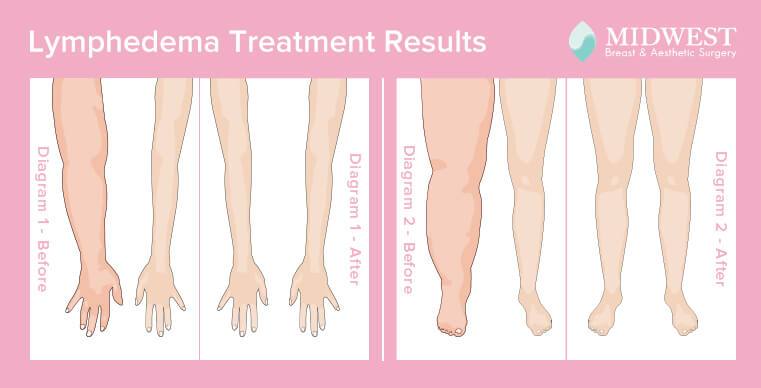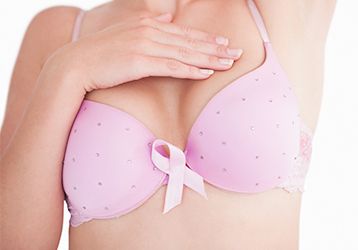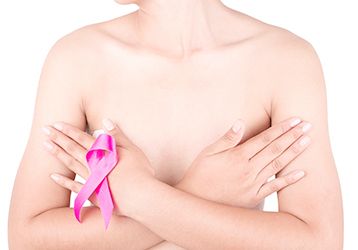Surgical and Non-Surgical Lymphedema Treatment in Ohio

Overview
Lymphedema is the abnormal accumulation of fluid in the body’s tissues that can sometimes occur after removing lymph nodes during skin or breast cancer surgery.
Dr. Ergun Kocak, Dr. Pankaj Tiwari and Dr. Santosh Kale are board-certified plastic surgeons based in Columbus, Ohio, the foremost experts of lymphedema therapy. Their combined 20+ years of experience ensures that patients receive the most comprehensive cancer treatment in the country.
Request Your Consultation
To learn more about lymphedema treatment, you can schedule an appointment online or you can call 855-687-6227
Stages
- Non-Visible or Latency Stage
Lymph fluid transport is already impaired during this stage, but no physical effects are apparent yet. It can take months or even years before any symptoms appear. - Mild or Spontaneously Reversible Stage
This stage is where swelling first manifests, but elevation or compression of the affected arm or leg will help reduce or even reverse it. Pitting or sinking of the skin in the affected area may occur. - Moderate or Spontaneously Irreversible Stage
Swelling and dermal fibrosis (uncontrolled formation of scar tissue) continue to develop. Prolonged non-surgical treatments may provide relief from symptoms but will usually not be as effective as surgical procedures. - Severe or Lymphostatic Elephantiasis Stage
A myriad of complications may occur, including swollen fat deposits, creased skin, and warty overgrowths. The continued fibrosis also causes the muscle and fat to solidify, making it very difficult to move the limbs. Surgical treatments are required to remove these solids, followed by compression or elevation therapy.
 Shows the before and after effects of Lymphedema treatment on the body. Each surgical technique is designed to manipulate the flow of excess fluid from the body and restore function of the lymphatic system.
Shows the before and after effects of Lymphedema treatment on the body. Each surgical technique is designed to manipulate the flow of excess fluid from the body and restore function of the lymphatic system.Insurance Coverage and Cost
The cost of lymphedema treatment in Columbus, Ohio, is typically covered by insurance. Please contact us to learn more about your coverage options and next steps.
People who undergo Lymphedema treatment are patients who had survived cancer, so we understand the stress people go through. And because of this, extra care is put in every treatment to ensure that our patients recover as comfortably as possible.
Treatment Options
Early stages of lymphedema can be very responsive to conservative treatment plans:
- Elevation – Simple elevation of the arm or leg can reduce swelling and prevent fluid from pooling in the tissues.
- Compression – Manual lymph drainage, either with stretchy garments or devices that massage the arm or leg, can move fluid out of the tissues or prevent it from accumulating.
- Physical therapy – Movement of the limbs can pump fluid out of the extremities. This can be combined with a massage that can also further facilitate the movement of fluid and improve swelling in some cases.
Lymphedema therapists often combine all of these non-surgical techniques during decongestive therapy.
While it is critical to start the non-invasive measures outlined above as soon as lymphedema is identified, it is equally important to emphasize that surgical treatments are available and are most effective when they are done early on. The main surgical options for the treatment of lymphedema in the early stages are:
- Lymphaticovenular Anastomosis (LVA) – This procedure creates connections between the lymph channels and blood vessels in the arm or leg, allowing lymph to flow directly into the bloodstream.
- Vascularized Lymph Node Transfer (VLNT) – This technique involves taking tissue that is rich in lymph nodes from another part of the body, usually the neck or abdomen, and transferring it to the affected area. This operation is a true transplant and requires the connection of tiny blood and lymph vessels to restore function to the tissues. (READ: Vascularized Lymph Node Transfer (VLNT) for Lymphedema)
- Suction-assisted Lipectomy – This procedure is more commonly known as liposuction. It is no different from the liposuction that is often used to remove fat from parts of the body for cosmetic purposes. For lymphedema, the goal is to improve the size of the arm or leg to make it more manageable. Of all of the surgical procedures available to treat lymphedema, this one is the least invasive.
The Procedure
Surgical lymphedema treatments are outpatient procedures, but an overnight stay may be recommended depending on the extent of the surgery. It can take 3 – 5 hours to complete due to the meticulous nature of the operation.
LVA and VLNT are performed under general anesthesia, while lipectomy can be performed under local anesthesia with or without sedation. Drains are left in the affected areas to ensure no fluid blockages occur. All incisions are closed with dissolvable sutures.
Recovery
Recovery from surgical lymphedema treatments varies depending on the procedure you underwent. It takes about 2 – 3 weeks after LVA before you can go back to your normal daily activities; for VLNT, this can take up to 4 weeks; and for lipectomy, it can take as little as seven days.
You will be instructed to keep your affected body parts elevated as much as possible during the recovery period. Once the wounds heal, you can go back to using compression garments to relieve any remaining swelling further. You can expect to return to work after 2 – 4 weeks, depending on the procedure.
Results
Scars are minimal for any of the early-detection surgeries, usually fading into thin white lines or a small dot after three months. Your final results will appear once non-surgical therapy is complete, together with the continued use of compression and elevation garments. Over time, your lymph system activity will return to normal, and all the swelling will disappear, giving you freedom of movement once again.
Frequently Asked Questions
1. Are there nonsurgical options to treat Lymphedema? When is it necessary?
Nonsurgical options are often employed during Stage 1, or mild lymphedema. Constant and consistent treatments, preferably with the help of physical therapists, can allow you to restore normal lymph flow in your limbs. Continuation of these nonsurgical methods is also highly recommended after surgery, to ensure that any full functionality is restored.
2. What food should I avoid if I have lymphedema?
Here’s a list of food and drinks that you may want to avoid consuming to prevent aggravating existing lymphedema:
- Grain products that contain gluten such as bread and cereals
- Processed food including canned goods, cured meats, and fast food
- Sugary food, drinks, and sweeteners including energy bars, high-fructose syrup, artificial sweeteners, sodas, soft drinks, tea-based drinks, coffee, and energy drinks
- Liquors and beers
- Fried food such as fries and chips
- Soy-based products like soy milk
3. How do I know if I will get lymphedema or not?
Because lymphedema can be asymptomatic for many months or years, it is tough to predict if you will get it after cancer treatments. Generally, though, any swelling and pain during movement of the limbs should immediately be checked by your doctor.
Request Your Consultation
To learn more about lymphedema treatment, you can schedule an appointment online or you can call 855-687-6227
*The information available on this page was created to educate our patients. It is not an alternative for a formal consultation with a board-certified plastic and reconstructive surgeon. Individual results vary per patient. For more information, we strongly recommend scheduling a consultation with our doctors.



